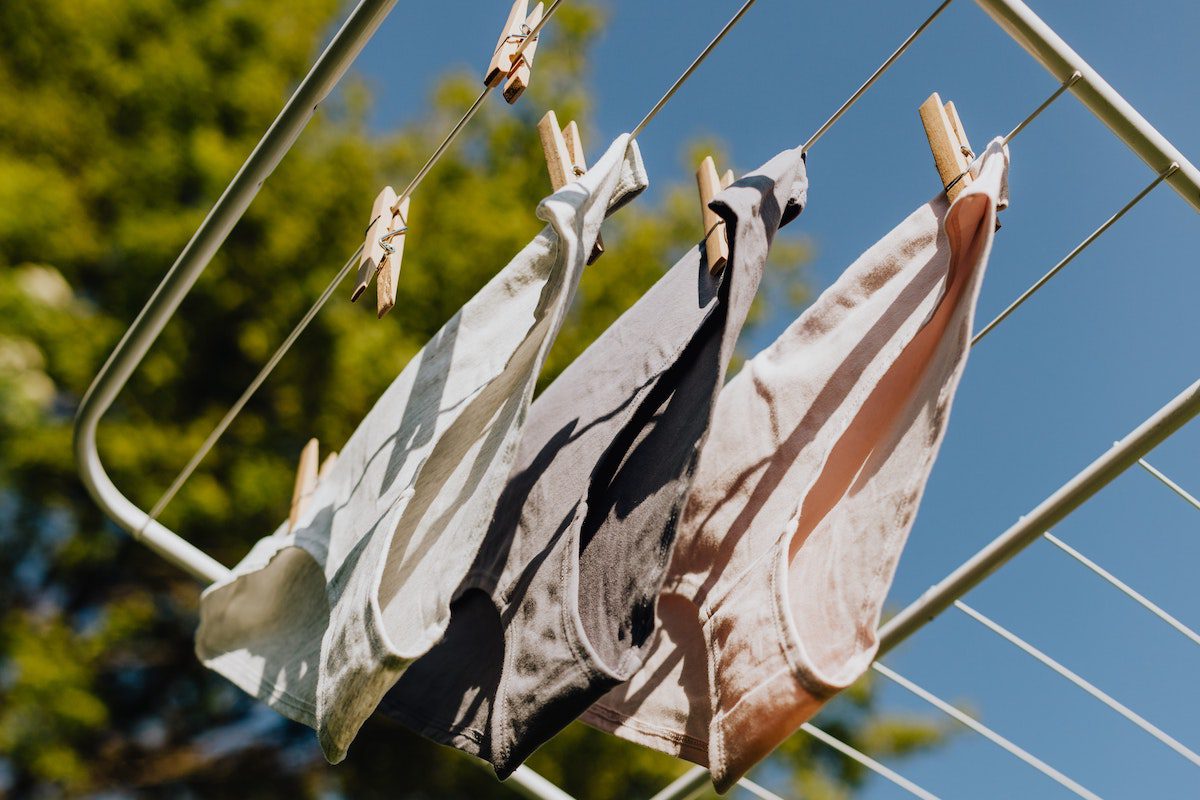Why You Should Wear Sunscreen in the Winter
By mid-September each year, I’m forced to come to grips with the fact that summer is over. Gone are the lazy Saturday afternoons at the beach, picnics in the park and days by the pool. As summer draws to a close, I put away my summer necessities — shorts, sandals, swimsuits and sunscreen — for the duration of winter.
But is it really wise to be packing away my bottle of sunscreen? As it turns out, you can just as easily get sunburned during the winter as you can during the summer.
Let’s start with a bit of background on sunburn. Ultraviolet radiation from the sun has wavelengths that are classified as UVA, UVB and UVC, according to the Skin Cancer Foundation. Because most UVC rays don’t reach the Earth, UVA and UVB rays are what cause skin damage.
If you are hit by UVA and UVB rays and you aren’t wearing sunblock, you’ll get sunburned. Most of us know how annoying and painful sunburn can be. Sunburned skin initially reddens and eventually starts peeling and itching. If you have a more severe case of sunburn, you might feel feverish, weak, or chilled. It’s easy to think the only damage the sun can do is burn your skin. But UVA and UVB rays can also change your DNA, which can eventually lead to skin cancer, according to WebMD.
It’s hard to ignore how important sunscreen can be during the summer months when the temperatures are high. But even when the temps drop, sunblock can protect your skin from being instantly burned and from more lasting damage. Here are three reasons to pull out the sunscreen this winter.
1. Snow can reflect up to 80 percent of UV radiation. According to the World Health Organization’s Global Solar UV Index. In contrast, sea foam reflects 25 percent of UV radiation, and dry sand on the beach only reflects 15 percent.
2. UV radiation even comes through on cloudy days. As the Global Solar UV Index states, more than 90 percent of UV radiation can come through clouds.
3. Ozone levels are lowest during the winter, according to the Climate Prediction Center. In the Northern Hemisphere, ozone is lowest from December through March each year, leaving us less protected from the sun’s radiation.
As surprising as it seems, wearing sunscreen throughout the year — and not just during the summer — is key to keeping your skin healthy. The next time you go on a skiing trip, a walk, or even a long drive this winter, don’t leave the sunblock at home.













